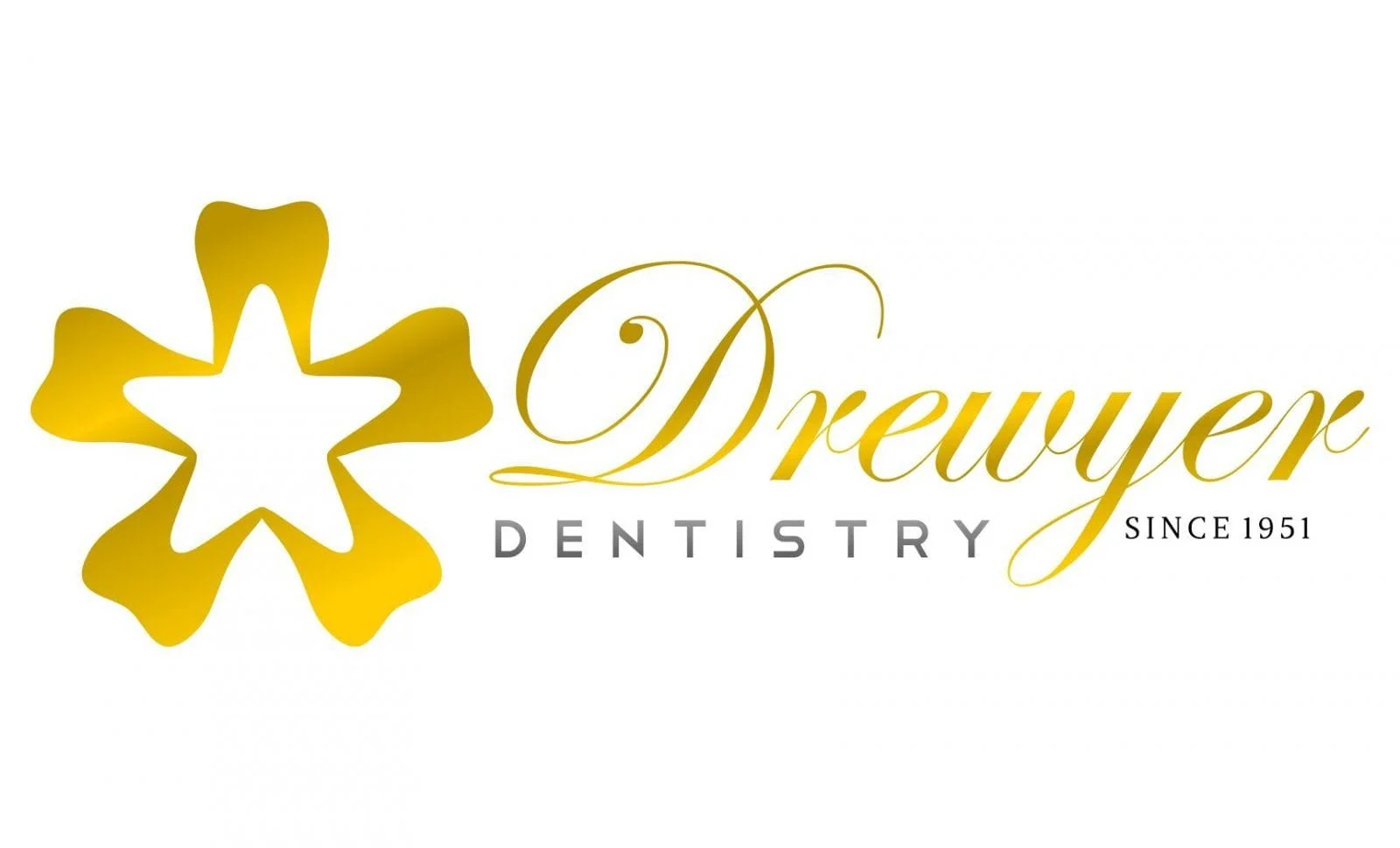Important Information Regarding Scaling and Root Planing
You have just completed a service called scaling and root planing. Scaling and root planing is the first step towards recovery from periodontal disease, the infection of the gum and bone surrounding your teeth. Scaling and root planing is the most common non-surgical procedure for treating the infected "pocket" between the tooth and gum. The purpose of scaling and root planing is to remove bacterial plaque build up above and below the gumline. This is the first step in eliminating the toxins from bacteria that build up and eventually cause the destruction characterized by gum disease. Scaling and root planing is a very exacting service requiring tremendous skill from the hygienist or dentist to effectively leave the teeth clean and enable future dental health.
Following a scaling and root planing, you may experience some or all of the following symptoms: tender, easy to bleed gum tissue; tooth hypersensitivity to cold and possibly spices; teeth may feel sprained or sore to chewing; tender jaw joints or muscles of the head and neck. Each of these symptoms, if experienced, will subside by eating a "soft" diet and beginning a thorough oral hygiene regimen.
Your daily oral hygiene regimen should include: gentle, meticulously thorough circular brushing using a soft bristled brush; daily flossing - wrap floss in a "c" shape to closely adapt to the surface of the tooth, go up and down as deeply as you can go using control; daily mouthrinse with Listerine, Biotene or a prescription strength mouthrinse.
Please do not hesitate to call the office with any questions or concerns.
Some cases of acute periodontal (gum) disease that do not respond to more conventional treatment and self-care such as flossing may require a special kind of cleaning called scaling and root planing.
The procedure begins with administration of a local anesthetic to reduce any discomfort. Then, a small instrument called a "scaler," or an ultrasonic cleaner, is used to clean beneath your gum line to remove plaque and tartar.
The root surfaces on the tooth are then planed and smoothed. This lets the gum tissue heal and reattach itself to the tooth.
